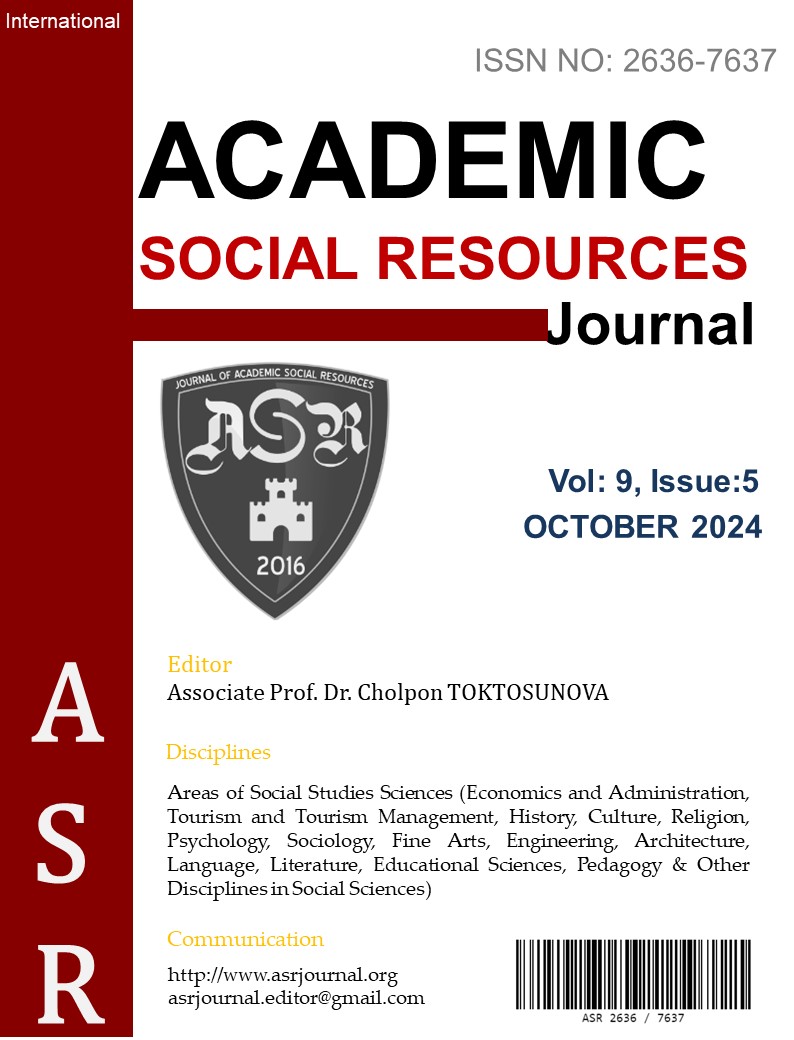Author :
Abstract
Çağrı hacmi tahminleri, çağrı merkezlerinin operasyonlarının optimizasyonunda daha verimli ve etkili bir şekilde yönetilmesine olanak tanımaktadır. Ayrıca, çağrıların etkin yönetimi, çağrı hizmeti verilen işletmelerin müşteri memnuniyeti ve marka itibarını artırmada önemli bir rol oynamaktadır. Bu çalışmada, çağrı merkezi operasyonlarının optimizasyonunda yapay zeka ve makine öğrenmesi modellerinin uygulanabilirliğinin ve etkinliğini araştırılması amaçlanmıştır. Bu amaç için, REST API kullanarak C# diliyle çağrı merkezlerinin karşılaştığı mevcut sorunlara yapay zeka destekli çözümler sunma potansiyeline sahip AGI tabanlı bir sistem geliştirilmiş ve IVR çağrıları kullanılarak aylık bir zaman serisi veri seti oluşturulmuştur. Bu veri setine doğrusal regresyon, rassal orman ve yapay sinir ağları modelleri uygulanarak, her birinin performansı MAE, MAPE, RMSPE hatalara dayalı kriterleri ile karşılaştırılmıştır. Sonuç olarak, doğrusal regresyon modelinin, basit bir eğilim çizgisi çizmekle sınırlı kaldığı ve yüksek hata kriteri değerleri ile veri setindeki değişkenliği yakalayamadığı gözlemlenmiştir. Yapay sinir ağları modeli ile 500 epoch ile öğrenme sürecini artırılmış, daha karmaşık ilişkiler öğrenilmeye çalışmış olsa da, hata kriterlerine göre değerlendirildiğinde çok yüksek bir tahmin performansı elde edilememiştir. Rassal ormanlar modeli, veri setindeki karmaşıklıkları modelleme konusunda diğer iki modele kıyasla daha düşük hata kriteri değeri ile değişkenliği yakalamada en başarılı model seçilmiştir. Bu bulgular ışığında, çağrı hacmi tahmininde rassal orman dışındaki iki modelin oluşturulan IVR çağrıları veri setindeki takvim etkilerini, tatil dönemleri ve diğer etkenleri yansıtmada yetersiz kaldığı sonucuna ulaşılmıştır.
Keywords
Abstract
The call volume predictions provide call centers with an opportunity to be managed more efficiently and effectively in optimizing their operations. In addition, effective management of calls plays an important role in increasing customer satisfaction and brand reputation of businesses that provide call services. This study aimed to investigate the applicability and effectiveness of artificial intelligence and machine learning models in optimizing call center operations. To this aim, an AGI-based system with the potential to provide artificial intelligence-supported solutions to the current problems faced by call centers is developed in C# using REST API, and a monthly time series dataset is created using IVR calls. The linear regression, random forest and artificial neural network models are applied to this dataset and the performances of them are compared with MAE, MAPE, RMSPE error-based criteria. As a result, it is observed that the linear regression model is limited to drawing a simple trend line and could not capture the variability in the dataset with high error criterion values. Although the learning process is increased with 500 epochs with the artificial neural networks model and more complex relationships are tried to be learned, a very high prediction performance could not be achieved when evaluated according to the error criteria. The random forest model is chosen as the most successful model in capturing variability with lower error critera value compared to the other two models in modeling the complexities in the dataset. The random forest model is selected as the most successful model in capturing variability with lower error critera values compared to the other two models in modeling the complexities in the dataset. In the light of these findings, it has been concluded that two models other than random forest in call volume estimation are insufficient to reflect calendar effects, holiday periods and other factors in the created IVR calls data set.





